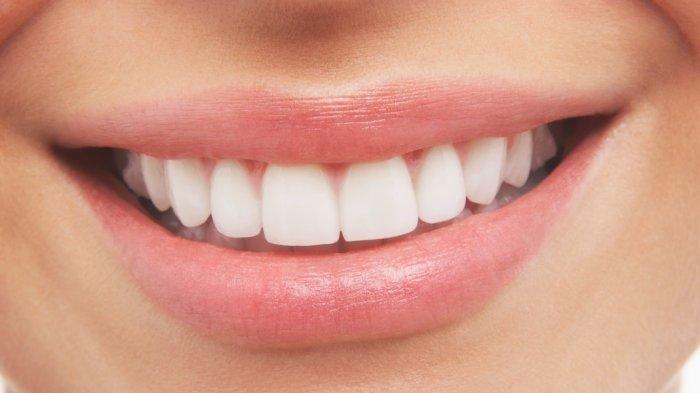Indonesia is an archipelagic country located in the ring of fire area. It is bordered by tectonically active zones characterized by intense seismicity and volcanism. This geographic condition is often associated with the high risk of disaster in Indonesia. Many natural disasters such as earthquakes, volcanic eruptions, tsunamis, and liquefaction have happened in Indonesia in the last 10 years. Besides, terrorism, airplane accident, traffic accident, and criminal cases often result in many victims. Based on the national disaster management board (BNPB Indonesia), 5.402 disasters happened during the 2021 period with the death toll stands at 728.
Identification of the victim in a disaster situation is challenging for the DVI team. Many identification methods can be applied to establish human identities, such as visual identification, DNA analysis, fingerprint analysis, and dental findings. Thee basic principle of identification is the comparison between the antemortem data and postmortem data. DNA analysis provides high accuracy for identification; however, it needs high costs and is time-consuming. Postmortem fingerprints will be matched with fingerprint databases such as e-KTP. Postmortem dental findings can be compared with the antemortem dental records from the dentist.
Teeth are the most durable part of the human body that can survive in extreme conditions. Much important information, including sex, age, ethnicity, and social status, can be obtained from human teeth. Age is an essential aspect of human life. In forensic sciences, the biological age can be estimated using several parameters in forensic sciences, such as bone and teeth. Tooth development and eruption, postformation changes, and the third molar are the parameters for estimating the dental age. Various dental age estimation methods have been developed in many studies. Each method has different accuracies and is limited to a specific population. Dental maturity has an essential role in children’s and adolescents’ age estimations. This is because teeth have a stage of tooth growth and development as an indicator of age estimation. In children age, teeth growth and development is controlled more by genetic factors. Therefore, dental age shows minor variation compared to bones and other body parts.
The accuracy of the results obtained from the age estimation depends on the method used. This consists of clinical, radiographic, histological, and biochemical methods. The choice of the age estimation method to be used must consider several factors, among other things are the consideration of age groups, individuals living or dying, and the equipment available. The radiographic method is the most widely used because it is more noninvasive and and can be accepted ethically and legally in various countries.
Indonesia has diverse ethnicities and ethnic groups living in various regions from Sabang to Merauke. Each ethnicity certainly has a different lifestyle and type of food. In previous studies, dietary factors and lifestyles are often associated with human growth and development patterns. This is also a concern in the study of the calculation of estimated age through teeth. There are several methods of estimating age that can be applied to the population of Indonesia and show a good degree of accuracy, such as the Demirjian, Willems, AlQahtani, Nolla, Schour and Massler, and Kvall methods.
The age estimation method from Demirjian can be applied to the ages of children and adolescent. The Willems method is a modified result of the Demirjian method, indicates a higher degree of accuracy compared to its method of origin. In addition, there is the AlQahtani method which is a method of estimating age using the atlas media of tooth growth. This method can be used to estimate a person’s age from 4 months in the womb to the age of 23.5 years. Some studies have found that the AlQahtani method also has a high degree of accuracy for the Indonesian population.
In the forensic dentistry field, it can be concluded that there are various methods of estimating age that can be applied to the Indonesian population that has ethnic diversity. However, there is one important thing that should not be forgotten in the calculation of age estimation through teeth, namely to pay attention to the legal aspects and scientific aspects of the method used. Because every analysis in the field of forensics must be legally accounted for with a scientific approach.
Author: Arofi Kurniawan, drg., Ph.D.
Taken from journal article titled: The Applicable Dental Age Estimation Methods for Children and Adolescents in Indonesia
Article has been published in International Journal of Dentistry
Article Link: https://doi.org/10.1155/2022/6761476





